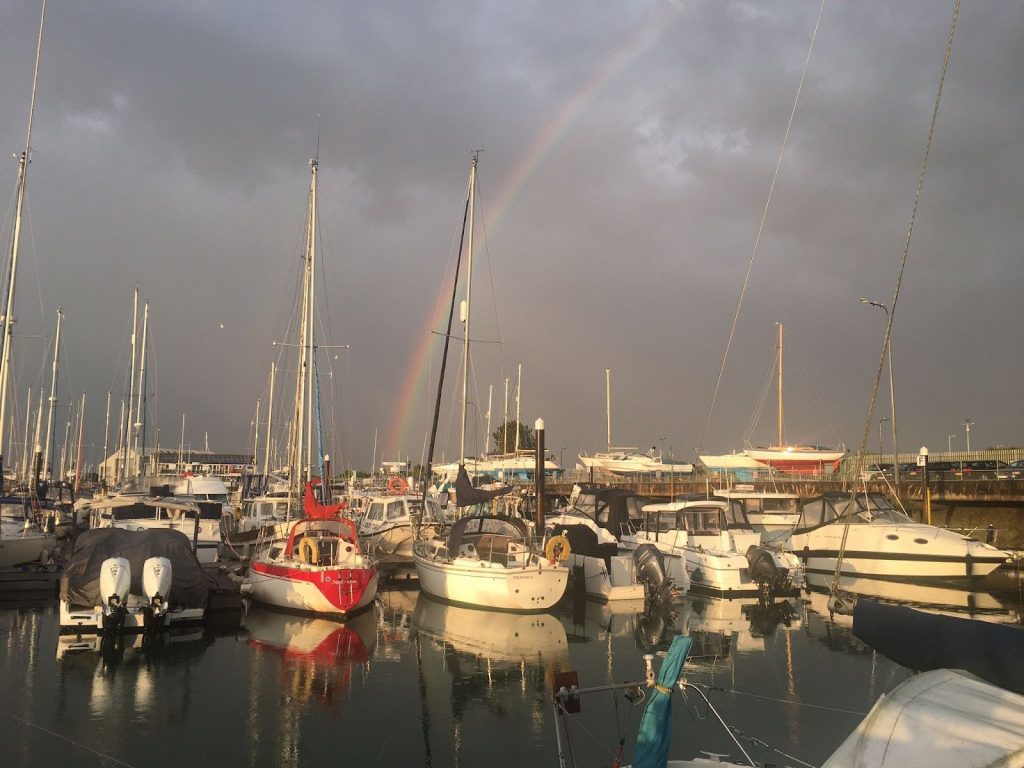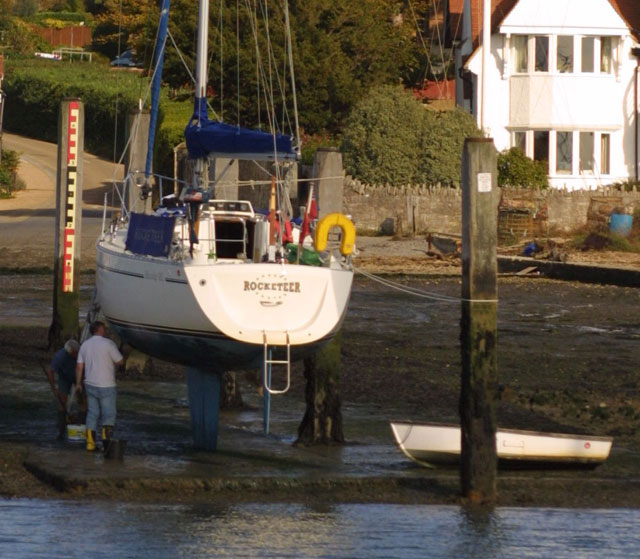In just 8 weeks time, the biggest cleanup project in the history of the earth will commence. In five years time, the mass of garbage floating in our oceans could be at 50% of its current level. By 2040 we could have oceans that are all but clear of waste. That’s such a heartwarming fact for many of us ocean lovers. It’s all thanks to The Ocean Cleanup - after 6 years of tried and failed plans and inventions, they’ve finally produced a system that’s perfect for the job. Later this Summer, a giant ‘Pac-Man’ will be sweeping our seas.
In 2012, Boyan Slat, a teenager from the Netherlands came back from a diving trip horrified at the amount of plastic just sitting in the oceans, endangering the lives of thousands of marine species. He vowed to invent a system that would push towards the complete elimination of ocean waste. The idea he had was that, instead of chasing halfway around the world collecting it, we could sit there and wait for it to come back. In 2013, his first prototype came to life; a Manta Ray style body that was anchored to the floor, but scientists weren’t convinced by its safety and effectiveness. A new design came to life pretty much annually, but all failed to impress. In January of this year, Slat and his team finally came up with ‘the one’. A machine that moves by itself, navigates itself and sits freely above the water without any traps for wildlife.
System 001 is a 600-metre long floating sweeper with three metres of collective skirting sitting below it, equipped with satellite sensors, navigation pods and observatory cameras to make sure a seamless job is carried out. The contraption uses ocean current, wind and waves to generate its power which helps it to move faster than the plastic - this is what makes it easy to collect. Its innovative ‘U’ shape actively pulls the rubbish into its centre to maximise its collection yield. Over 50 sensors that line the edge of its float help to measure the pressure and strain that’s being used, so the team can work out when it’s time for collection or maintenance. Two cameras including 360-degree viewing capabilities give provide visual analysis and satellites help to locate its coordinates and journey. All of this is fed back to a Rotterdam head office via Wifi signal. This machine is a serious thing of the future.
The rubbish that they’re hoping to collect sits in five major pools across the planet. The Great Pacific Garbage Patch is by far the largest - an enormous collection of debris and microplastics sometimes estimated to be as big as the size of Russia - floating between Hawaii and California. Once System 001 is up and running it’ll hopefully be in constant operation and once its great arms are full, probably every couple of months, a support ship will come to meet it and collect the current haul. It’ll be taken straight back to dry land where it can be recycled almost immediately.
If everything goes to plan, more vessels will join the fleet progressively, until we’ve got multiple machines clearing up junk at each of the garbage patches in our oceans. As said before, by the time 2023 comes around we could have 50% less plastic in our waters.
We’re extremely excited by this. It’s taken some time but we could finally be on the way to securing the future of our oceans, our marine wildlife and also our own lives. We’ll be staying well up to date on the progress of this wonderful project.




